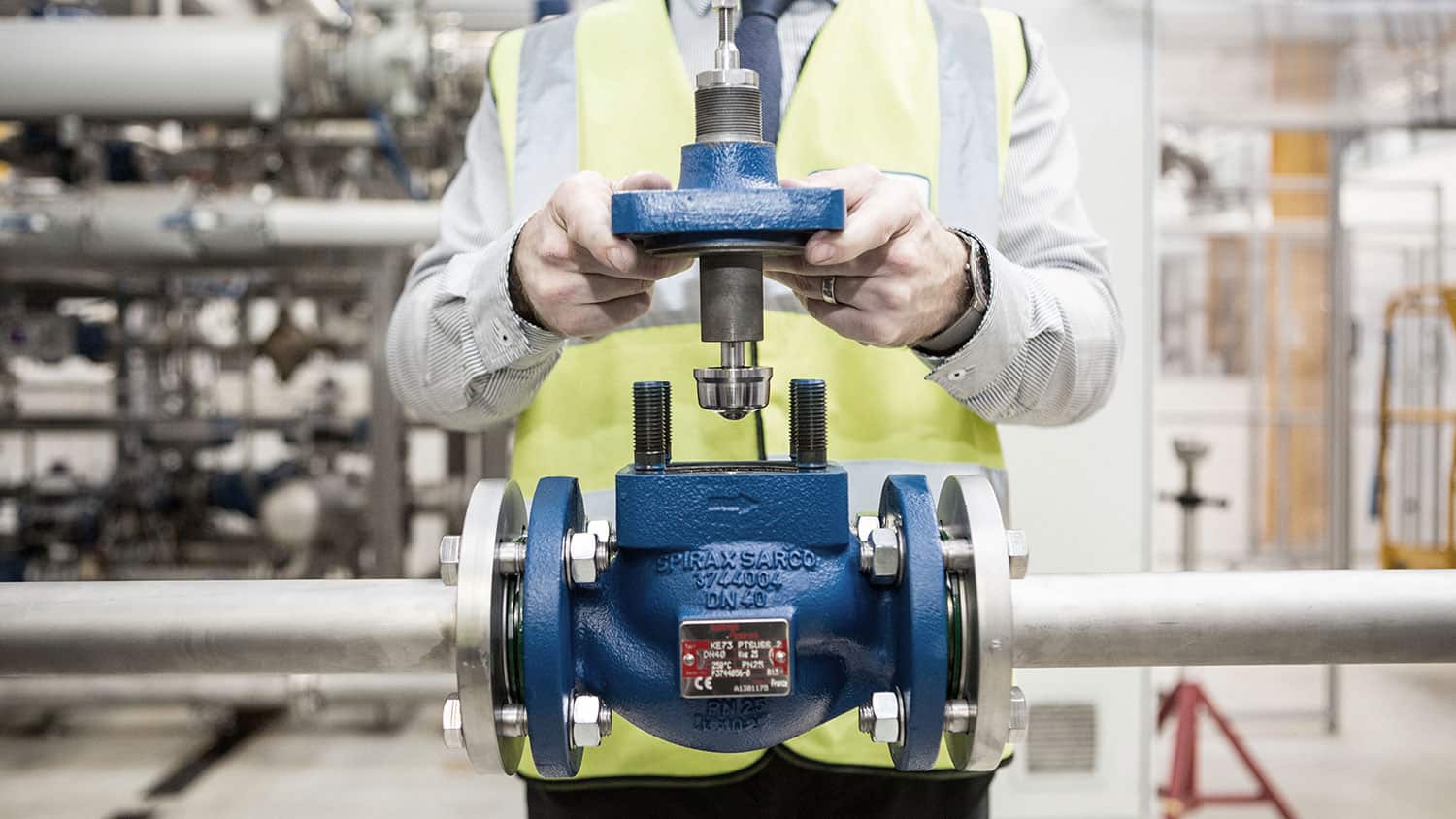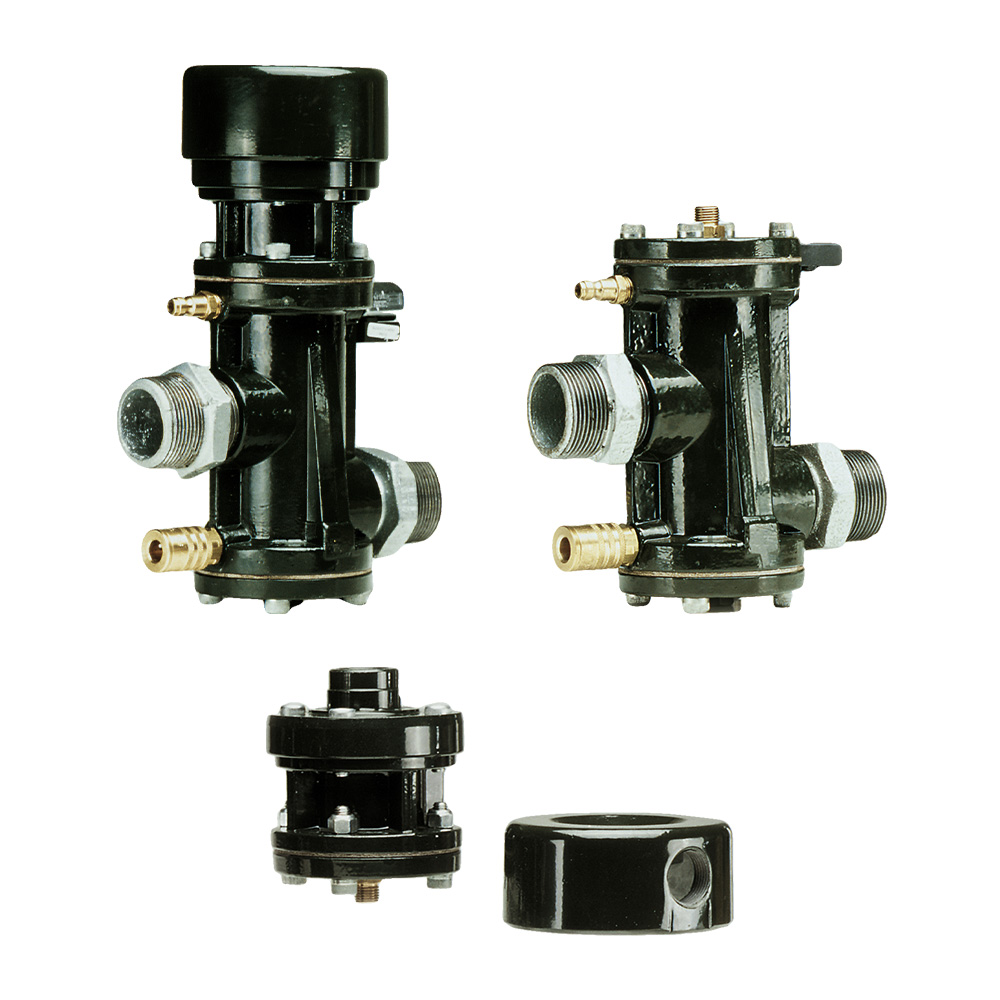Ingenious Control Valves: Enhancing Precision and Dependability

Maximize Energy Savings and Comfort With Advanced Building Automation Controls
In the realm of contemporary architecture and center management, the assimilation of advanced building automation manages stands as a critical development. By taking advantage of the power of automation, buildings can adjust, react, and evolve in means that were as soon as unthinkable.
Energy Effectiveness Advantages
Power efficiency advantages can considerably reduce energy usage and functional expenses in structures. Energy-efficient systems, such as advanced structure automation controls, can optimize the usage of sources like lighting, air conditioning, and home heating, leading to lower power expenses over time.
Furthermore, enhanced energy performance can prolong the life-span of structure devices and systems. By operating extra effectively, a/c systems, light, and various other structure components experience less deterioration, leading to decreased maintenance and replacement prices. Furthermore, energy-efficient buildings typically regulate greater residential property values and rental prices, giving long-term monetary benefits to owners.
Moreover, energy performance can boost occupant comfort and productivity. Effectively managed interior settings with optimal lights and thermal conditions develop a more conducive and enjoyable office, bring about enhanced staff member complete satisfaction and efficiency. Generally, the energy performance advantages connected with innovative structure automation controls are multifaceted, incorporating cost financial savings, ecological stewardship, and resident health.
Boosted Comfort Control
Enhancing comfort control in structure atmospheres requires a sophisticated combination of advanced automation systems for optimal occupant well-being. By utilizing advanced structure automation controls, facilities can customize the indoor environment to fulfill the particular needs and choices of owners. control valves.
By including these advanced controls, buildings can not only enhance comfort but additionally enhance energy effectiveness by maximizing system procedures based on real occupancy and usage patterns. Eventually, focusing on owner convenience with sophisticated automation systems leads to a more pleasurable and healthier indoor setting.
Functional Effectiveness Improvements

Furthermore, the execution of real-time surveillance and analytics tools allows building operators to determine power inefficiencies and functional abnormalities promptly. By constantly monitoring power usage patterns and system performance metrics, changes can be made in real-time to optimize power consumption and guarantee peak functional effectiveness. control valves. In addition, including need action strategies right into building helpful site automation controls can further improve operational performance by dynamically readjusting power usage based on grid conditions and rates signals
Indoor Environment Optimization
Efficient interior environment optimization is a fundamental element of structure automation controls, guaranteeing residents' convenience and wellness while maximizing power savings. By using advanced sensors and controls, constructing automation systems can continually keep track of and readjust temperature, humidity levels, air quality, and ventilation to produce an optimum interior setting. Maintaining comfortable and constant problems not only boosts resident contentment however additionally enhances efficiency and overall wellness.
Interior climate optimization likewise plays an important duty in power performance. By fine-tuning air conditioning, heating, and ventilation systems based on real-time information and tenancy patterns, building automation controls can substantially decrease power usage - control valves. Carrying out approaches such as demand-controlled air flow and thermal zoning can assist lessen power waste while guaranteeing that each location of the building gets the essential conditioning.

Sustainable Setting Production
Building automation manages not just maximize indoor climate conditions for energy useful site performance and owner comfort yet likewise lay the structure for creating a lasting atmosphere via strategic management of sources and systems. By integrating innovative structure automation technologies, such as sensing units, actuators, and intelligent software application, facilities can monitor and change power usage in real-time to reduce waste and lower their carbon impact. These systems allow predictive upkeep, recognizing possible problems before they escalate and enhancing tools efficiency to improve durability and effectiveness.
Additionally, lasting environment production expands beyond power management to incorporate water conservation, waste reduction, and indoor air top quality enhancement. Structure automation controls can control water usage, find leaks, and make certain appropriate waste disposal practices, adding to general sustainability efforts. In addition, by keeping an eye on and managing air flow and filtration systems, these innovations boost occupant health and wellness and performance while my website lowering power consumption related to cooling and heating procedures.
Conclusion
In conclusion, advanced building automation manages deal substantial benefits in terms of power savings, convenience control, operational efficiency, interior climate optimization, and creating a lasting atmosphere. By implementing these controls, buildings can achieve optimum performance while lowering power consumption and improving owner comfort. It appears that the use of sophisticated automation modern technology is crucial in boosting structure performance and developing a much more lasting future.
Energy performance benefits can considerably minimize power intake and functional prices in buildings. In general, the power performance advantages linked with advanced building automation controls are multifaceted, including expense financial savings, ecological stewardship, and passenger health.
Furthermore, integrating demand feedback strategies right into building automation controls can better boost operational efficiency by dynamically adjusting energy usage based on grid conditions and prices signals.
Building automation manages not just optimize interior environment problems for power effectiveness and resident convenience however likewise lay the foundation for producing a sustainable setting through critical monitoring of resources and systems.In verdict, progressed building automation controls deal significant benefits in terms of energy savings, comfort control, operational efficiency, interior environment optimization, and developing a lasting atmosphere.